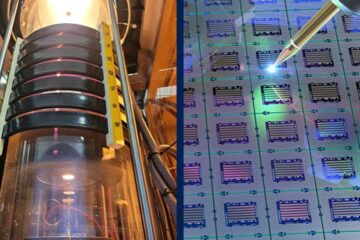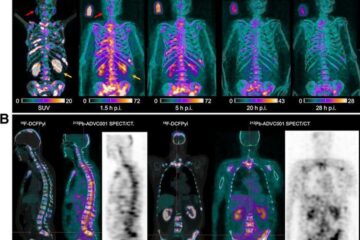Agave fuels global excitement as a bioenergy crop

According to bioenergy analyst, Sarah Davis, “We need bioenergy crops that have a low risk of unintended land use change. Biomass from Agave can be harvested as a co-product of tequila production without additional land demands.
Also, abandoned Agave plantations in Mexico and Africa that previously supported the natural fiber market could be reclaimed as bioenergy cropland.
More research on Agave species is warranted to determine the tolerance ranges of the highest yielding varieties that would be most viable for bioenergy production in semi-arid regions of the world.”
Agave is not only an exciting new bioenergy crop, but its economically and environmentally sustainable production could prove to successfully stimulate economies in Africa, Australia, and Mexico, if political and legislative challenges are overcome.
The special issue of Global Change Biology Bioenergy in which this article appears focuses on the potential of agave as a bioenergy feedstock. Global Change Biology Bioenergy is a bimonthly journal that focuses on the biological sciences and the production of fuels directly from plants, algae, and waste.
Media Contact
All latest news from the category: Power and Electrical Engineering
This topic covers issues related to energy generation, conversion, transportation and consumption and how the industry is addressing the challenge of energy efficiency in general.
innovations-report provides in-depth and informative reports and articles on subjects ranging from wind energy, fuel cell technology, solar energy, geothermal energy, petroleum, gas, nuclear engineering, alternative energy and energy efficiency to fusion, hydrogen and superconductor technologies.
Newest articles

Silicon Carbide Innovation Alliance to drive industrial-scale semiconductor work
Known for its ability to withstand extreme environments and high voltages, silicon carbide (SiC) is a semiconducting material made up of silicon and carbon atoms arranged into crystals that is…

New SPECT/CT technique shows impressive biomarker identification
…offers increased access for prostate cancer patients. A novel SPECT/CT acquisition method can accurately detect radiopharmaceutical biodistribution in a convenient manner for prostate cancer patients, opening the door for more…

How 3D printers can give robots a soft touch
Soft skin coverings and touch sensors have emerged as a promising feature for robots that are both safer and more intuitive for human interaction, but they are expensive and difficult…





















